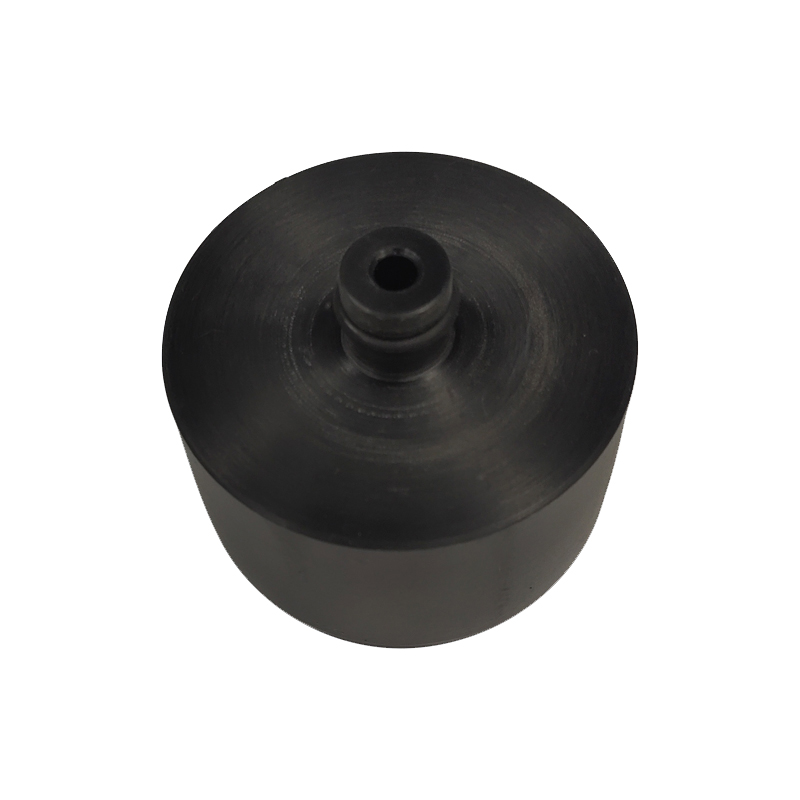
10월 . 07, 2024 00:31 Back to list
fire extinguisher gauge pressure
Understanding Fire Extinguisher Gauge Pressure A Vital Safety Measure
Fire extinguishers are essential tools designed to combat small fires before they escalate into uncontrollable blazes. To be effective, it is crucial that these devices are maintained and checked regularly, with one of the key indicators of their readiness being the gauge pressure. Understanding the fire extinguisher gauge pressure can help ensure that you and your surroundings remain safe from fire hazards.
The Importance of Fire Extinguisher Pressure
Fire extinguishers operate by releasing a specific agent—such as water, foam, dry chemical, or carbon dioxide—under pressure. This pressure allows the extinguisher to effectively discharge the firefighting agent across a fire. The gauge on a fire extinguisher indicates whether the device is functioning properly and is ready for use. A correctly pressurized extinguisher can mean the difference between successfully extinguishing a fire and experiencing a potentially devastating failure.
Reading the Gauge
Fire extinguishers typically come equipped with a pressure gauge that displays a green zone, indicating that the extinguisher is fully charged. It may also feature a red zone, which indicates that the pressure is too low, and a yellow zone, suggesting that the pressure is high. Regularly checking the gauge ensures that the extinguisher will perform effectively when needed.
2. Red Zone If the needle is in the red zone, it indicates that the extinguisher is undercharged. This may render it ineffective, and the unit should be recharged.
3. Yellow Zone A needle in the yellow zone suggests that the extinguisher is overcharged. While this can sometimes be a temporary state, it can complicate the discharge process and potentially damage the unit.
fire extinguisher gauge pressure

Regular Maintenance and Inspections
To ensure that fire extinguishers are always operational, regular maintenance and inspections are critical. Service experts recommend checking the gauge pressure monthly. Additionally, all fire extinguishers should undergo a professional inspection at least once a year. During these inspections, technicians will check the pressure, examine the physical condition of the extinguisher, and replace any expired or damaged units.
Factors Affecting Pressure
Several factors can impact the pressure of a fire extinguisher, including temperature changes and the age of the unit. Fire extinguishers should be stored in areas where temperatures are stable. Extreme temperatures, both hot and cold, can result in pressure fluctuations that may lead to improper discharge. Elderly extinguishers may also lose pressure over time due to the natural wear and tear of the components.
Educating Yourself and Others
Understanding how to read and maintain the gauge pressure on a fire extinguisher is an essential part of fire safety. It is also beneficial to educate family members, employees, or residents about the importance of fire extinguisher checks. Regular training sessions on how to operate the extinguisher and react in case of fire can better prepare individuals to handle emergency situations effectively.
Conclusion
Fire extinguishers are a critical component of any fire safety strategy. Being vigilant about the gauge pressure ensures that these devices are ready for action when needed. A properly maintained fire extinguisher can save lives and protect property, making knowledge about gauge readings and regular inspections an indispensable part of fire safety awareness. Remember to check your extinguishers monthly and consult a professional for annual maintenance—doing so could make all the difference in an emergency. Stay safe, stay prepared.
-
Bourdon-Type Differential Pressure Gauges High Accuracy & Affordable Pricing
NewsMay.22,2025
-
Vacuum Differential Pressure Gauges High-Precision Solutions & Quotes
NewsMay.22,2025
-
Durable Diaphragm Pressure Elements High Accuracy & Custom Quotes
NewsMay.22,2025
-
AG Precision Pressure Gauges High Accuracy & Global Exporters
NewsMay.21,2025
-
Ashcroft Diaphragm Pressure Gauges Precision & Durability
NewsMay.21,2025
-
Micro Differential Pressure Gauges High-Precision & Compact Solutions
NewsMay.20,2025
